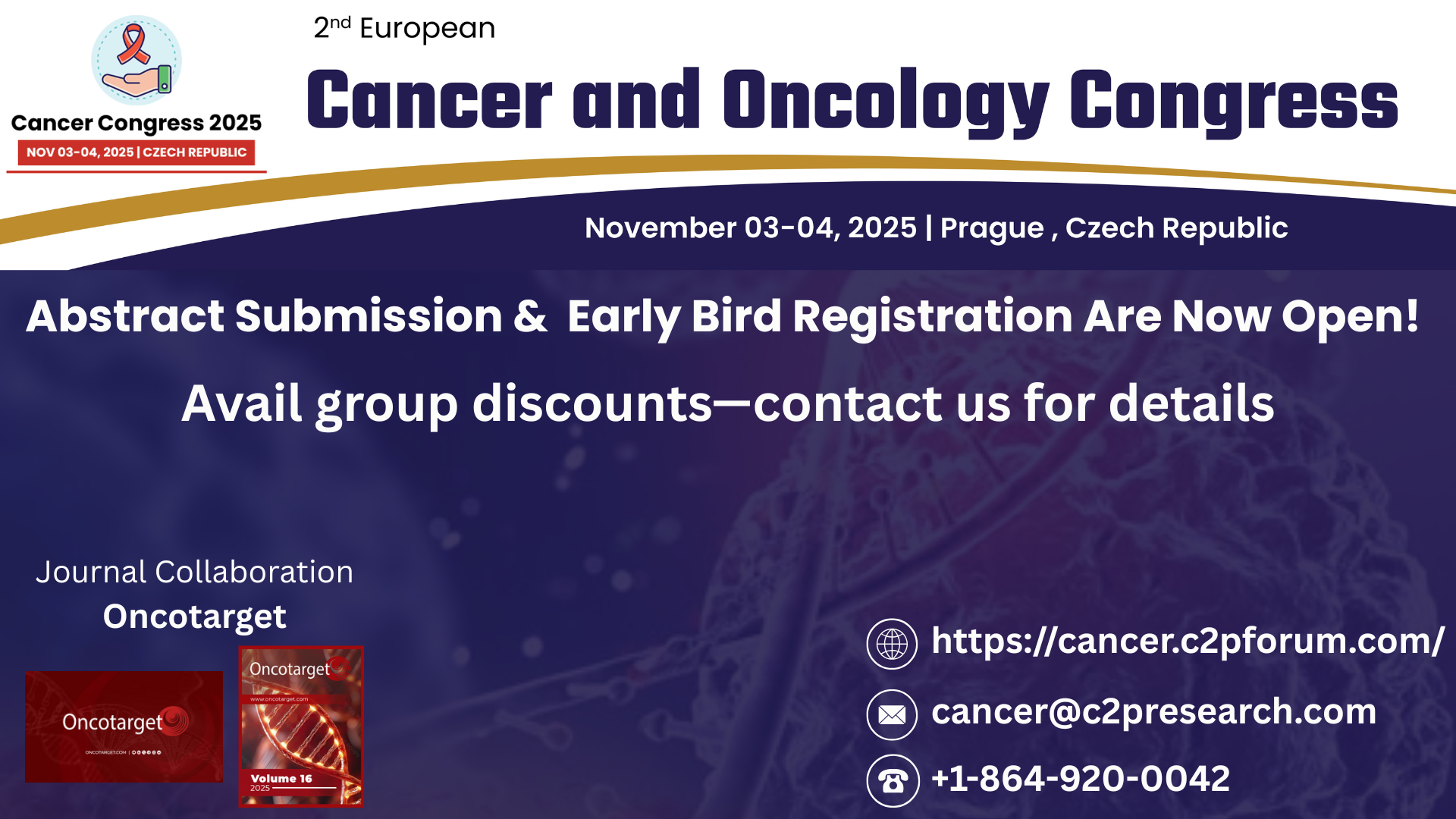Research Papers:
A transcriptomic signature mediated by HOXA9 promotes human glioblastoma initiation, aggressiveness and resistance to temozolomide
PDF | HTML | Supplementary Files | How to cite
Metrics: PDF 3384 views | HTML 5643 views | ?
Abstract
Marta Pojo1,2, Céline S. Gonçalves1,2, Ana Xavier-Magalhães1,2, Ana Isabel Oliveira1,2, Tiago Gonçalves1,2, Sara Correia3, Ana J. Rodrigues1,2, Sandra Costa1,2, Luísa Pinto1,2, Afonso A. Pinto4, José M. Lopes5,6,7, Rui M. Reis1,2,8, Miguel Rocha3, Nuno Sousa1,2, Bruno M. Costa1,2
1Life and Health Sciences Research Institute (ICVS), School of Health Sciences, University of Minho, Campus de Gualtar 4710–057 Braga, Portugal
2ICVS/3B's—PT Government Associate Laboratory, Braga/Guimarães, Campus de Gualtar 4710–057 Braga, Portugal
3Centre of Biological Engineering/Department of Informatics, University of Minho, Campus de Gualtar 4710–057 Braga, Portugal
4Department of Neurosurgery, Hospital de Braga, Sete Fontes, 4710–243 São Victor, Braga, Portugal
5Department of Pathology, Hospital S. João, Alameda Professor Hernâni Monteiro, 4200–319 Porto, Portugal
6Institute of Molecular Pathology and Immunology at the University of Porto (IPATIMUP), Rua Dr. Roberto Frias s/n 4200–465 Porto, Portugal
7Medical Faculty, University of Porto, Alameda Professor Hernâni Monteiro, 4200–319 Porto, Portugal
8Barretos Cancer Hospital, Molecular Oncology Research Center, Rua Antenor Duarte Vilela, 1331-Doutor Paulo Prata, Barretos–SP, 14780–000, Brasil
Correspondence to:
Bruno M. Costa, e-mail: [email protected]
Keywords: Glioblastoma, prognosis, oncogene, temozolomide, HOXA9
Received: September 22, 2014 Accepted: January 16, 2015 Published: February 20, 2015
ABSTRACT
Glioblastoma is the most malignant brain tumor, exhibiting remarkable resistance to treatment. Here we investigated the oncogenic potential of HOXA9 in gliomagenesis, the molecular and cellular mechanisms by which HOXA9 renders glioblastoma more aggressive, and how HOXA9 affects response to chemotherapy and survival. The prognostic value of HOXA9 in glioblastoma patients was validated in two large datasets from TCGA and Rembrandt, where high HOXA9 levels were associated with shorter survival. Transcriptomic analyses identified novel HOXA9-target genes with key roles in cancer-related processes, including cell proliferation, DNA repair, and stem cell maintenance. Functional studies with HOXA9-overexpressing and HOXA9-silenced glioblastoma cell models revealed that HOXA9 promotes cell viability, stemness and invasion, and inhibits apoptosis. Additionally, HOXA9 promoted the malignant transformation of human immortalized astrocytes in an orthotopic in vivo model, and caused tumor-associated death. HOXA9 also mediated resistance to temozolomide treatment in vitro and in vivo via upregulation of BCL2. Importantly, the pharmacological inhibition of BCL2 with the BH3 mimetic ABT-737 reverted temozolomide resistance in HOXA9-positive cells. These data establish HOXA9 as a driver of glioma initiation, aggressiveness and resistance to therapy. In the future, the combination of BH3 mimetics with temozolomide should be further explored as an alternative treatment for glioblastoma.
 All site content, except where otherwise noted, is licensed under a Creative Commons Attribution 4.0 License.
All site content, except where otherwise noted, is licensed under a Creative Commons Attribution 4.0 License.
PII: 3150

